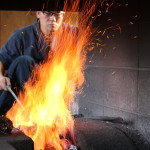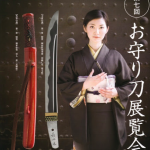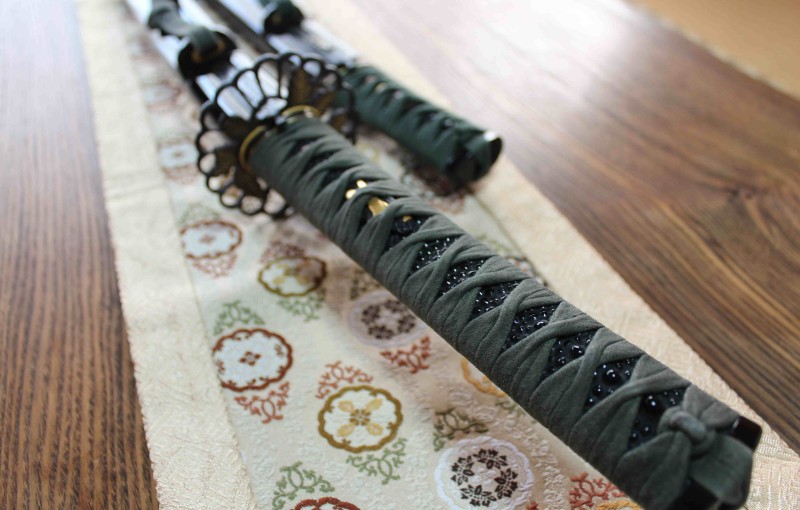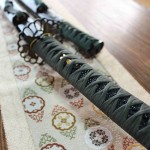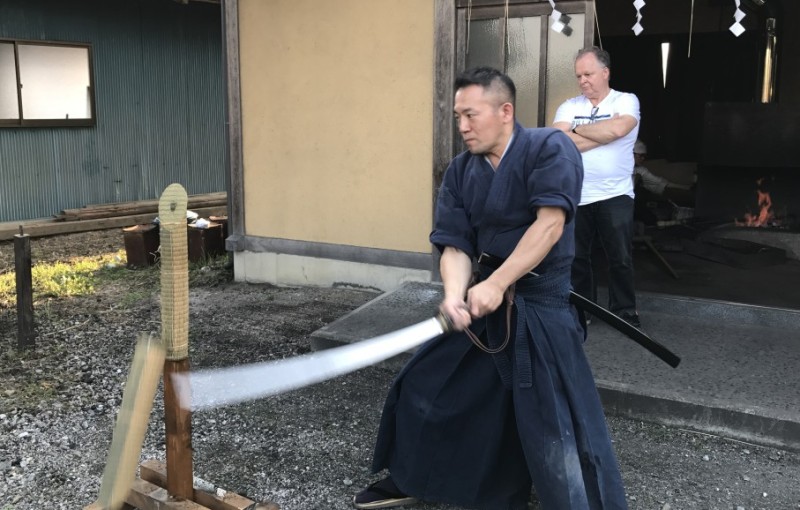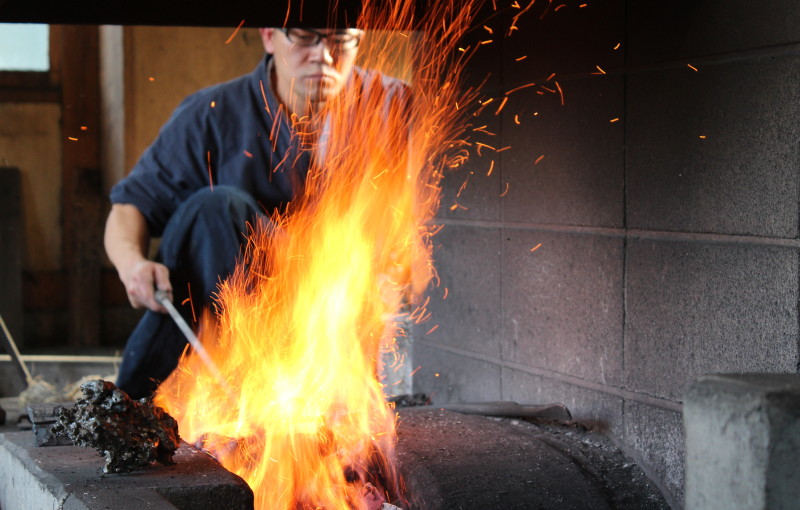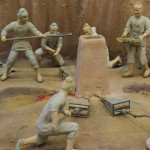It is time for traveling, finally. Tokyo, Japan is one of the hottest destinations! We are awaiting for sophisticated travelers who loves something deep and authentic! Koi Travel focus on cultural tours to meet hand crafts masters and to touch their spirits as well as way of living.
Please find our tours as below.
 Read More
Read More 
